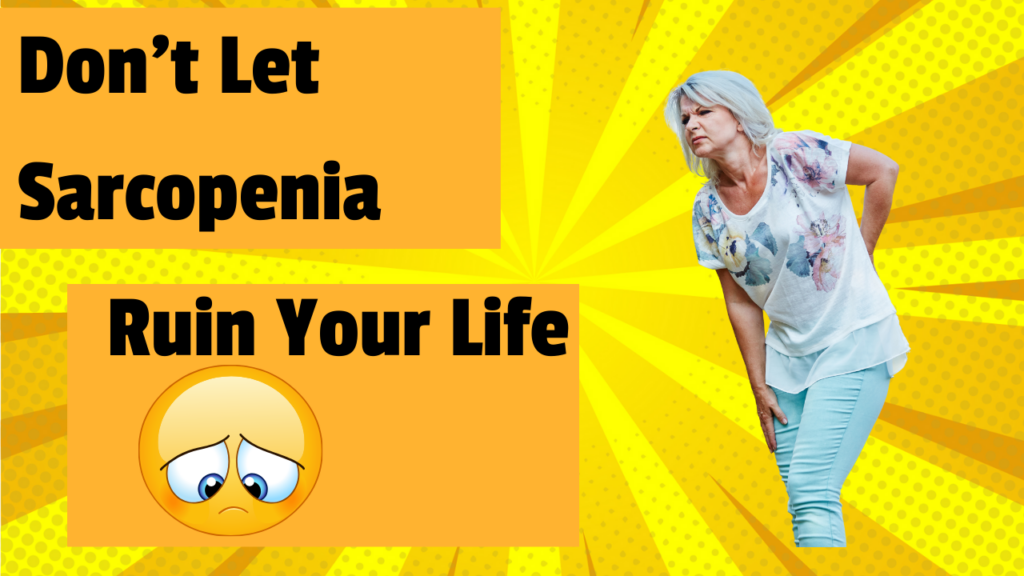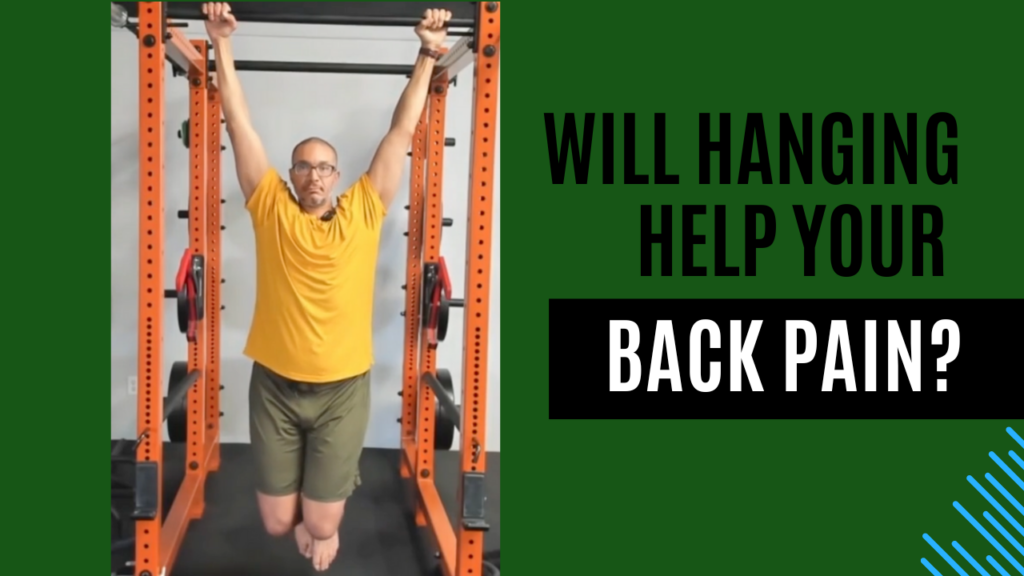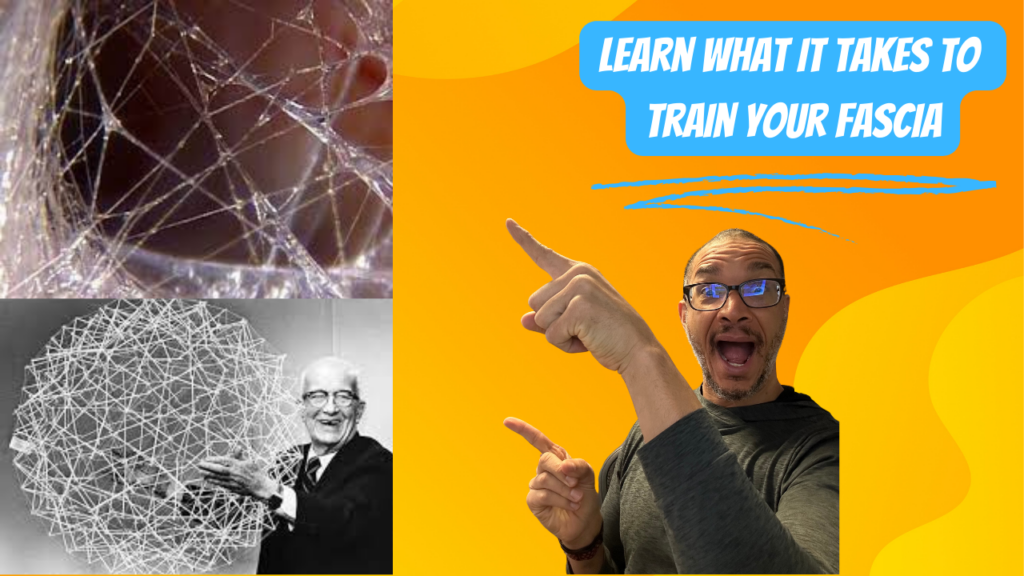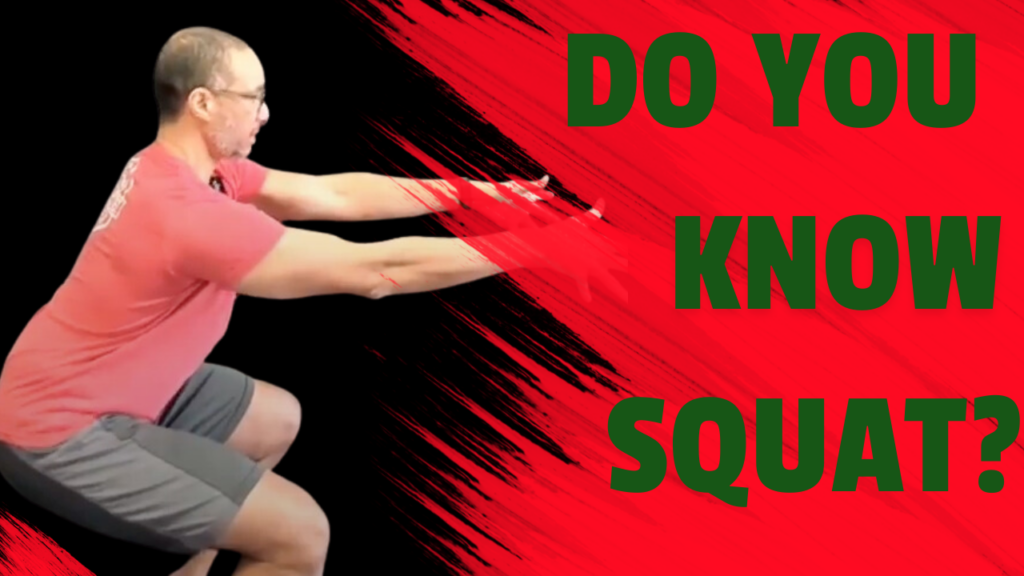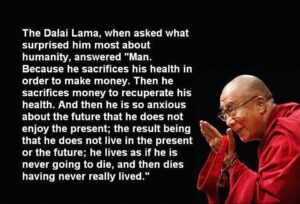There is what is factually happening and your perception of what is happening. Being aware and managing these two situations will either lead you to suffering or not.
Check out this video to raise your awareness and help you move through your sticking points.
Click the image to watch the full video
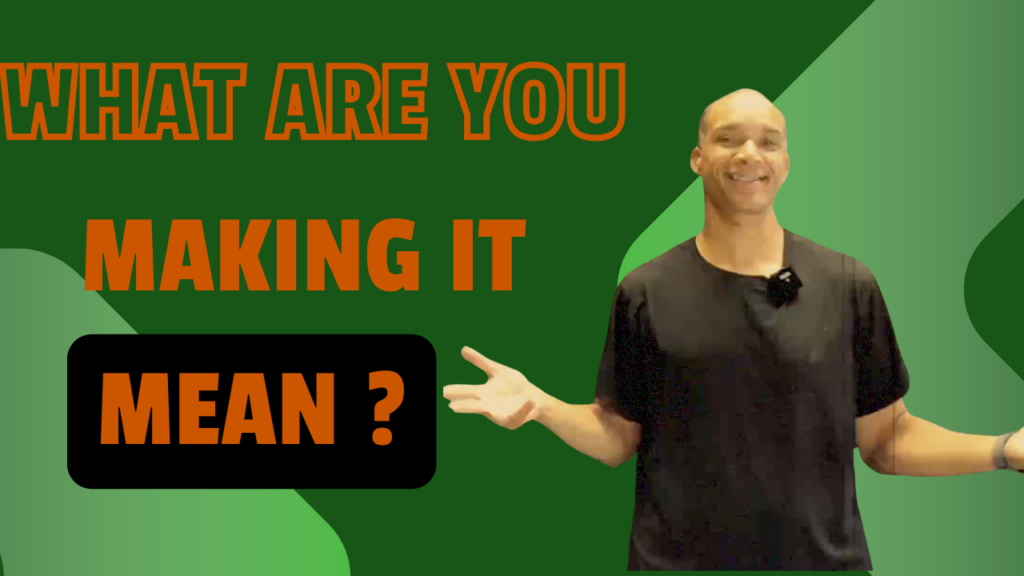
When you embark on anything new, it’s challenging to first find the route you want to take. It takes a lot of trial and error, a lot of studying, a lot of introspection, just a lot. And once you find that new way of doing something, it’s going to be challenging and as one thing can really set you back and have you not make results. So I want you to stay tuned to find out what that is. How’s it going? I became a, so I’m owner of SolCOreFitness and I’ve been in the health and fitness field for like 30 years. I’m a Soma Therapist and a Soma Trainer, and those are therapists and trainer underneath the osteopathic model. And so I have a holistic view on how to approach the body. And so when people want more from their workout routines to achieve something different, they usually end up here.
And after I put them in a holistic routine, they start to get results. If they can get past this one thing, this one thing will set them off. Now, before I get into it, if you want to hear more about addressing your body holistically, then subscribe to this channel and click that bell to be notified. Don’t forget to this video at the end or right now and then share it with your friends. That allows a YouTube algorithm to realize it’s a good video so they can show it to more people. Now, the one thing that stops people from making progress is that they make things mean more than they are. Here’s what I mean. So when I put you into a program, if I give you a routine, it is for you. It’s not inherently difficult unless you need it.
If I give people a deadlift to do with hundreds of pounds across the board, it’s going to be challenging just by design. A heavy deadlift is difficult, but if I give you a bicep femoris stretch, which is one of your hamstrings, myofascially, which is an active stretch to stretch your bicep femoris in the chain, it’s involved. It’s only going to be difficult if you need it. So if you start doing this bicep femoris stretch and you start to feel a lot of tension, you have a choice to make it mean just what it is or add on a bunch of layers. So if you start doing this bicep femoris stretch and all of a sudden you’re like, oh, is this too hard and my body can’t handle this and this is torture and all this stuff, then that’s going to be what your experience is. If you start doing this bicep femoris stretch and you feel the tightness and you go, huh, obviously my body’s tight, and that’s where you stop, then you’ll be much more successful in your program doing that. You have to be careful of the thoughts and words you use relative to what you’re doing. And this is not just about working out because how you do anything is how you do
Everything. It’s about the totality. So if I can just take what I’ve been doing in my program and realize it only means this, then I can be successful. If I add on a bunch of layers and reasons why it’s too difficult or I’m not going to be successful, then you’re not going to be successful. And so you have to be aware of what’s going on in your body and in your mind. So some good ways to work with this is first to be aware that you’re about to do something new. So we’re going to stick with the health and fitness, my expertise, but again, if you find anything new, this applies. So I don’t work generally with too many newbies. There are usually people who have been working out for a while, different forms, outdoors, just active like gardening or hiking or biking, or they usually go to some sort of classes or the gym.
If you even sought practitioners like chiropractic or pt, they’ve gotten to the point where that routine hasn’t worked, hasn’t worked because it’s not holistically ingrained. That’s a different story. So they come to me. A good thing to do is to first realize, Hey, I’m about to do something new. Inherently that’s going to be challenging. More than likely you’re not going to be very good at the beginning. It’s going to be confusing, and you’re probably going to feel a little frustrated, not an indictment of you just natural. When I first started, same thing, right? A billion years ago. But you can get better at the beginning by going, okay, I obviously don’t know both body and mind. What’s going on? I need to open myself up for that. So you’re not judging yourself on trying to be perfect. Again, that’s a fear response. You expect to get it right away to be perfect.
That’s you not wanting to go through the process and are afraid that you’re not good enough to make it through the process. After you become aware that, okay, I’m about do something new, then doing some sort of meditation, journaling, mindfulness, peace, time, whatever you want to call it, I don’t care, is to give yourself some space between you and your thoughts and emotions. Now, if I can recognize that I’m not my emotions together, that I have some space in between. Now, when those emotions come, which they will because they’re all human, you can be a little more objective about it. It doesn’t mean you can be a robot, but now you start doing, I say that bicep femoris stretch. You go, oh my God, that’s tight. I’ve never felt that before. This is a little confusing. But now you can realize, okay, that’s just what’s coming to me, but what’s the reality? The reality is I’m doing a new movement I’ve never done before. I’m obviously tight in this position and my body is communicating back to me that it’s tight,
Which my body wants more of it. It doesn’t mean that it’s too much or you’re broken or whatever the case may be. All the things that you want to add onto it, it doesn’t mean that. And now when you go into your program, you can be a little more aware of what’s going on and break it down into pieces and be a little more methodical about what you’re going to do because it is more beneficial to go at it that way than to go full force. And then if it doesn’t work right away because of whatever condition thought you had, that you quit because now you just quit on yourself. That’s it. You didn’t allow yourself to go through the process and you quit. So that’s going to make it easier to quit again and also solidify what you think you need. But if you’re trying to do something new, it means you don’t know what you need to do.
You need to find a new way of doing it. And so being objective about it, it’s a better way of going about it. You have to allow your new choice here to change you. You’re part of the equation. So it’s not that you stay the same and you just start doing something different and you’ll get that result. You have to allow yourself to be changed by this new experience. And the more you keep layering on more of who you are at this time, which means the less you’ll be able to become that new person because you’re solidifying yourself. This is who I am, this is what I think, this is what I feel, this is what my possibilities are. And you go to the new thing and it doesn’t allow you to change you. Okay, well, it’s not going to work. It’s never going to work.
Nothing’s ever going to work because you didn’t allow yourself to change. Going through this process is very eyeopening. So I tell people when they come here, look, the movement part is not going to be difficult. It’s a little tight, it’s a little weak, it’s a little challenging, but that’s it, right? It is not anything bad to you. It’s how you go about it. Do you leave yourself open to be changed? And if you do, well, from my standpoint, yes, you get a better body, but at the same time, you become more of who you are, you start to realize, oh, I’m more than that. I’m not this thought that said I can’t do it. I could do it. I’m not this thought that says I’m not capable of, this is torture, because it wasn’t torture. It was actually very helpful. And now you have that because now you become more empowered.
We all become more empowered in our lives, and so allowing new situations to change us, it’s a huge part of that. I love to hear your thoughts on this. You can put ’em in the comments below. Have you found this to be true in your life? Have you basically self-sabotage yourself? Are you aware of it? Because awareness now is a first step to change. Have you never thought about this all, but has it piqued your interest? Again, just a conversation I’d love to know, and I want to say thank you so much for watching, and I’ll see you next week.
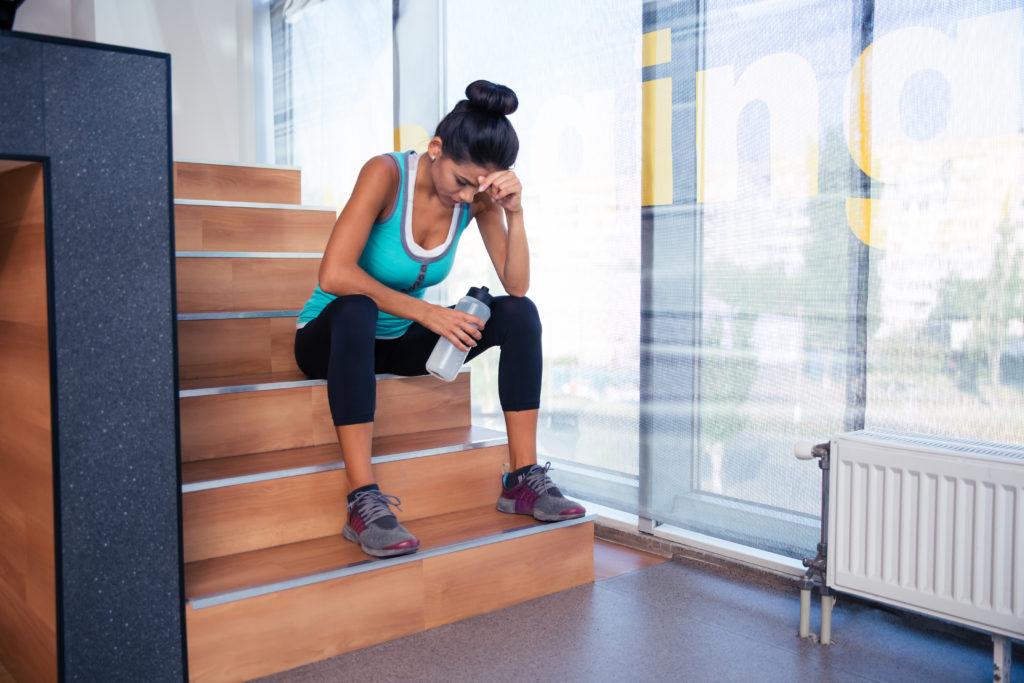
MOVE BETTER, REDUCE PAIN, AND LIVE LIFE ON YOUR TERMS
it’s not just working out, it’s building a foundation for a better life.
Find out more @
